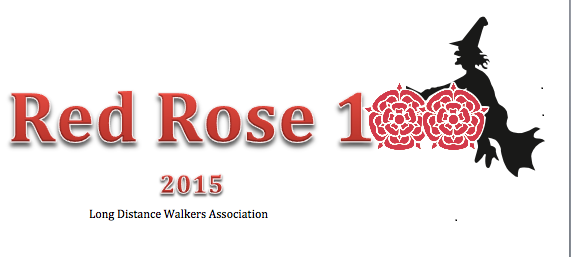Lancashire Food

Red Rose 100
Lancashire Food Favourites
Where else could we start but with Lancashire Hotpot?
This famous dish has no definitive recipe, it’s only consistent ingredients seem to be lamb/mutton, onions and potatoes. These are placed in layers inside an earthenware pot with a layer of thinly sliced potato on top, to form a crust. Other sources of protein are often added, from lamb’s kidney to the once very cheap and plentiful oysters. Strange as it may seem Bolton, some 40 miles from the sea, at one point had one of the largest fish markets in the country.
This original slow cooked dish was left to simmer all day while the family was at work in the cotton mills and coal mines. If the family did not have the luxury of an oven at home the pots were left in the care of the local baker to cook in the slowly cooling bread ovens after the daily bake and were collected on the way home from work.
The first reference to this fine dish in literature appears in North and South by Elizabeth Gaskell first published in serial form in September 1854, when the mill owner Mr Thornton joined his workers for a meal.
A bizarre news item from 1939 describes how 31 sailors from the Napier Star mutinied in Port Elizabeth South Africa after being served Lancashire Hotpot. They were convicted and served six weeks hard labour for their crime. The truth is that the meat used to make the meal was rotten and that is why they rebelled.
Vegetarians need not worry, Lancashire has Butter Pie for you. It’s main ingredients are potato and onion and was first made to satisfy the Lancastrian Catholics need to abstain from meat on Friday. It is still on the menu as a popular match day snack at Preston North End.
Perhaps the second most famous foodstuff from the county after Hotpot, is Bury Black Pudding. Unlike Hotpot the history of Blood Sausage can be traced back into ancient history. Homer describes it in the Odyssey. It was introduced to Britain by european monks who called this delicacy Bloodwurst. When they arrived in Lancashire the locals renamed it Black Pudding. The pudding is a favorite in the West Midlands and Scotland as well as Lancashire but Bury is the home of the Black Pudding Throwing World Championships. I kid you not.
Morecambe Bay Potted Shrimps are a popular starter for any meal. The small brown shrimps are harvested in the treacherous shifting sands of Morecambe Bay and cooked, peeled and potted on site. One firm, Baxters, have been potting shrimps in Morecambe since 1799 and have a Royal Warrant from the Queen no less.
Lancashire cheese is Lancashire cheese is it not? Well, no is the answer, there are three distinct varieties, Creamy, Tasty and Crumbly. Creamy is the oldest variety using surplus milk collected by the farmer’s wife over several days until enough milk was available for cheese making, this method is unique to Lancashire.
Tasty is made in the same way but it is left to mature for much longer than the12 weeks for Creamy. Tasty is left for as long as 2 years
Crumbly is the new kid on the block, created in the ‘60s it is made from a single days milk and matured for only 8 weeks and horror of horrors it is made outside the county!
For afters what else could it be but Eccles Cakes. Eccles is now part of Salford and it was in 1793 that James Birch first sold Eccles cakes from his shop on Vicarage Road.
Currents, Butter and Flaky pastry topped with a sticky sugar coating they are sometimes eaten warm but beware The Fire Brigade warn about the fashion for heating them in the microwave as the sugar coating can easily combust.
A similar confection is the Chorley Cake this is flatter than the Eccles and made with shortcrust pastry and without the sugar topping. They are less sweet than the Eccles and are best consumed warm from the oven and spread with butter or even a slice of Creamy Lancashire.
To quench the thirst of all our guests from far and wide we recommend a drink first made in Manchester in 1908 by John Nichols. A secret recipe of fruit, herbs and spices it was to give the drinker Vim and Vigour and was named Vim Tonic. This was soon shortened to Vimto and by 1920 it’s popularity was so great new premises were needed and production moved to Trafford Park and just ten years later Vimto was being exported to over 30 countries.
We hope you enjoy your visit to Sunny Lancashire, we can’t promise to feed you all the things mentioned here at the checkpoints but we aim to have one or two for you to try and we hope you visit our famous home again soon.
Peter Haslam.
Click on the link below to see for yourself some of the best food that Lancashire has to offer.




